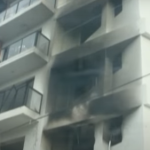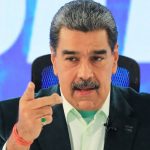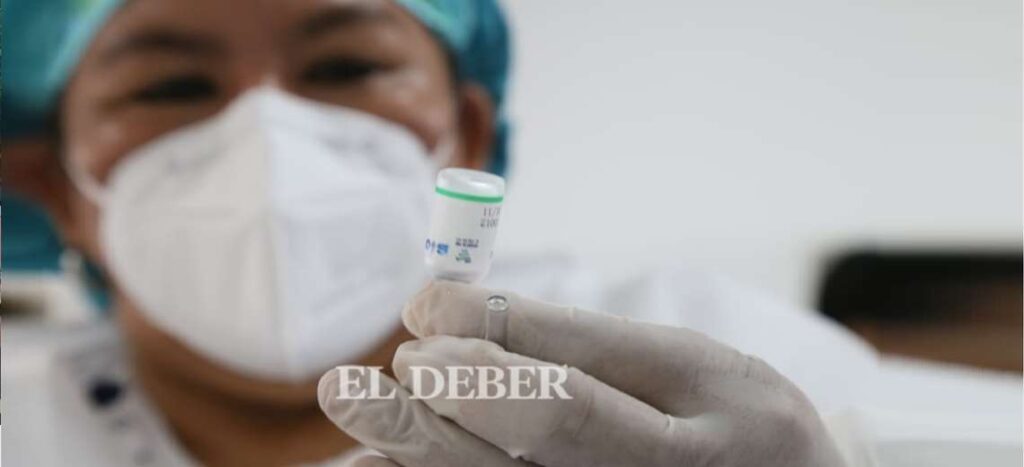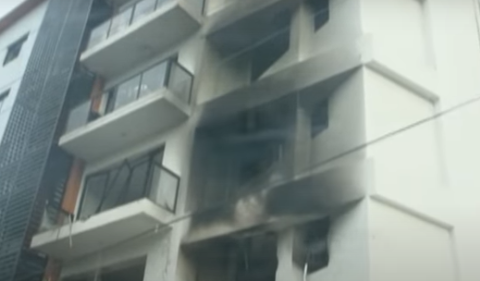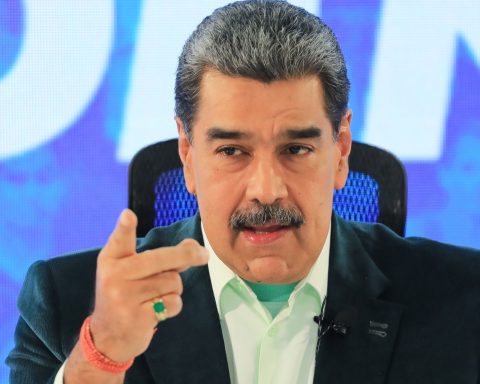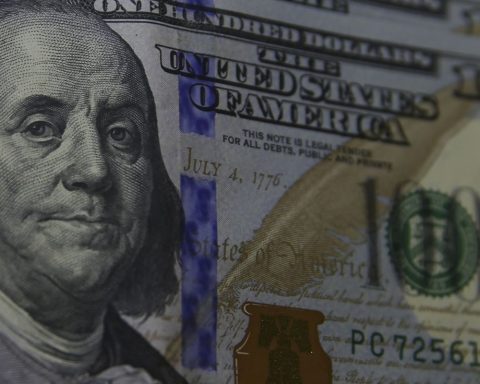Rafael Perrotta, a lawyer, businessman and owner of the newspaper El Cronista Comercial who in his maturity embraced revolutionary ideals to the point of becoming an informant for the PRT-ERP, was kidnapped 45 years ago by agents of state terrorism and has been missing ever since.
On June 13, 1977, at 3:00 p.m., Perrotta left his house on Quintana Street, located in the Recoleta neighborhood, to take a walk and it was the last time his family saw him alive.
Perrotta was born in 1920, into a family that owned El Cronista Comercial. He studied at the traditional Marist school in Champagnat, and in 1939 he joined Catholic Action.
When Juan Domingo Perón began his first government, he graduated as a lawyer and married the archaeologist Elena Bengolea and knew how to link himself to the most traditional institutions of the dominant social classes in Argentina.
“Cacho” Perrotta, as his intimates knew himwas a member of the Jockey Club, the Circle of Arms, the Rotary Club, the Christian Association of Business Leaders and the Free Enterprise Forum.
In 1960, he took control of El Cronista Comercial and set about changing the style of the newspaper., which ceased to be a mere informer of stock market trends and began to publish research on economics and politics. The changes were also noted in its format when, in those years, El Cronista Comercial it abandoned the broadsheet format to become a tabloid.
In those times, marked by political, social and cultural mobilizations that seemed to indicate that the history of the world would turn in favor of the disadvantaged, Perrotta left behind his anti-Peronist vocation and began to link up with the popular and leftist sectors.
“It was an exceptional case of a business leader from the Argentine upper class who participated and played for the ideals that he had embraced in times when a change seemed possible,” he said in a dialogue with Télam the journalist and writer María Seone, author of “El Enigma Perrotta”a biography of the businessman.
In parallel, he maintained his contacts and friendships with personalities who belonged to the circles of economic power, such as José Alfredo Martínez de Hoz (first minister of economy of the civic-military regime that emerged after the coup d’état of March 24, 1976) and Admiral Emilio Eduardo Massera.
While the newsroom of El Cronista became a veritable hotbed for journalists, Perrota obtained information based on his relations with power that he transmitted to the leadership of the ERP, commanded by Mario Roberto Santucho.
His contacts with that armed organization were through Héctor Demarchi, union delegate in El Cronista -kidnapped in 1976– and Javier Coccoz, ERP intelligence chief, captured by members of Battalion 601 in May of the following year.
In social gatherings, military actors and future civil servants of the budding dictatorship anticipated to “Cacho” how the extermination plan that would follow after the March 1976 coup would be developed.

In the months that followed the coup, the falls in the ERP did not stop happening, especially after the death of Santucho in an Army operation carried out in Villa Martelliand by mid-1977, the guerrilla organization was practically decimated.
At 5:30 p.m. on June 13 of that year, the Perrotta family received a call from a person who identified himself as “Carlos”, who demanded the payment of a ransom to free the owner of El Cronista Comercial.
Rafael María, one of Perrotta’s sons, was the one who answered the call and began negotiations with the alleged captors who gave precise instructions on the life of the family, who began to ask for help from acquaintances of “Cacho”.
One of them was Army General José Carlos Olivera Rovere, who contacted Perrota’s children with Colonel Manuel Morelli.in charge of the Superintendence of Security of the Federal Police and a close collaborator of the Minister of the Interior, General Albano Harguindeguy.
Morelli – who died in 1979 – told the family the steps to follow so that Rafael Perrotta would appear alive and recommended the payment of a ransom. Perrotta’s children agreed, they left the money in an agreed place on Maciel Island, and Morelli never attended to them again.
As for the victim, it is known that he was in a clandestine detention center run by the 601 where he was tortured and then transferred to the COT in the town of Martínez, a police unit in the province of Buenos Aires, whose leadership was in charge of the fearsome General Ramón Camps.
As established in the “Never Again” report prepared by Conadep, survivors of COT Martínez saw Perrotta in that clandestine center.
Mariano Balient, Juan Amadeo Gramajo and Jacobo Timerman, journalist and director of the newspaper La Opinion, testified that they had seen Perrota in those dungeons, even when he was being tortured.
In 1997, in a television program hosted by the journalist Mauro Viale, files of an interrogation of Perrotta allegedly made in the 601 Battalion were broadcast.
Although there are several journalistic investigations and the testimonies of ex-militants that show Perrotta’s links with the ERP intelligence, his children never recognized that he had a collaboration with that organization.
In December 2012, Captain Héctor Vergez, a member of the “Libertadores de América” commando and torturer at La Perla, an extermination center in Córdoba, he was sentenced to 23 years in prison.
The also head of the Army Intelligence Battalion 601 was sentenced for the torture and kidnapping suffered by Coccoz and his partner, María Cristina Zamponi, who survived.
Vergez was also sentenced for the illegal arrests of Juan Carlos Casariego del Bel, who was an official of the Ministry of Economy, and the lawyer Julio Gallego Soto, who are still missing.
Casariego del Bel and Gallego Soto were kidnapped in mid-1977 and accused by the dictatorship as members of a network of ERP informants, like Perrota, whose case, however, was not aired in the trial that followed Vergez.







